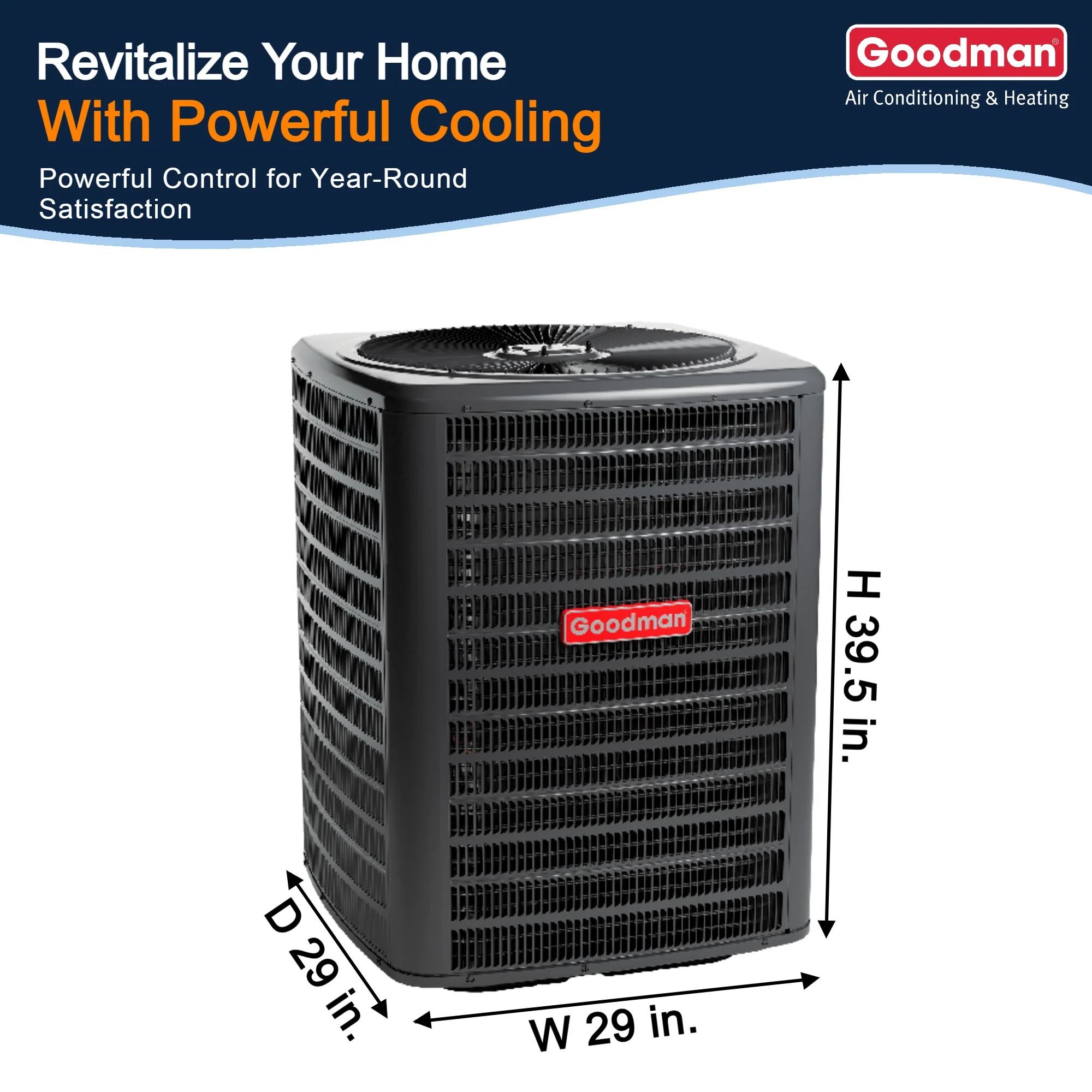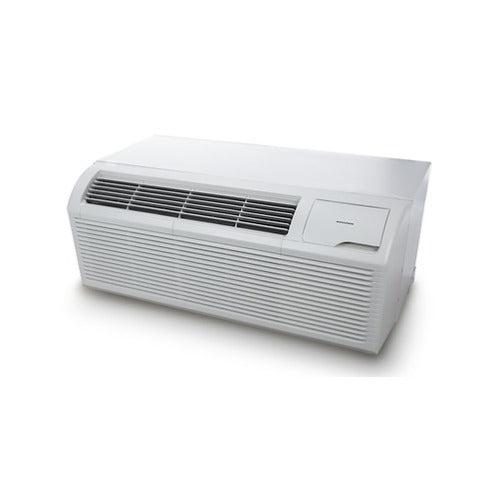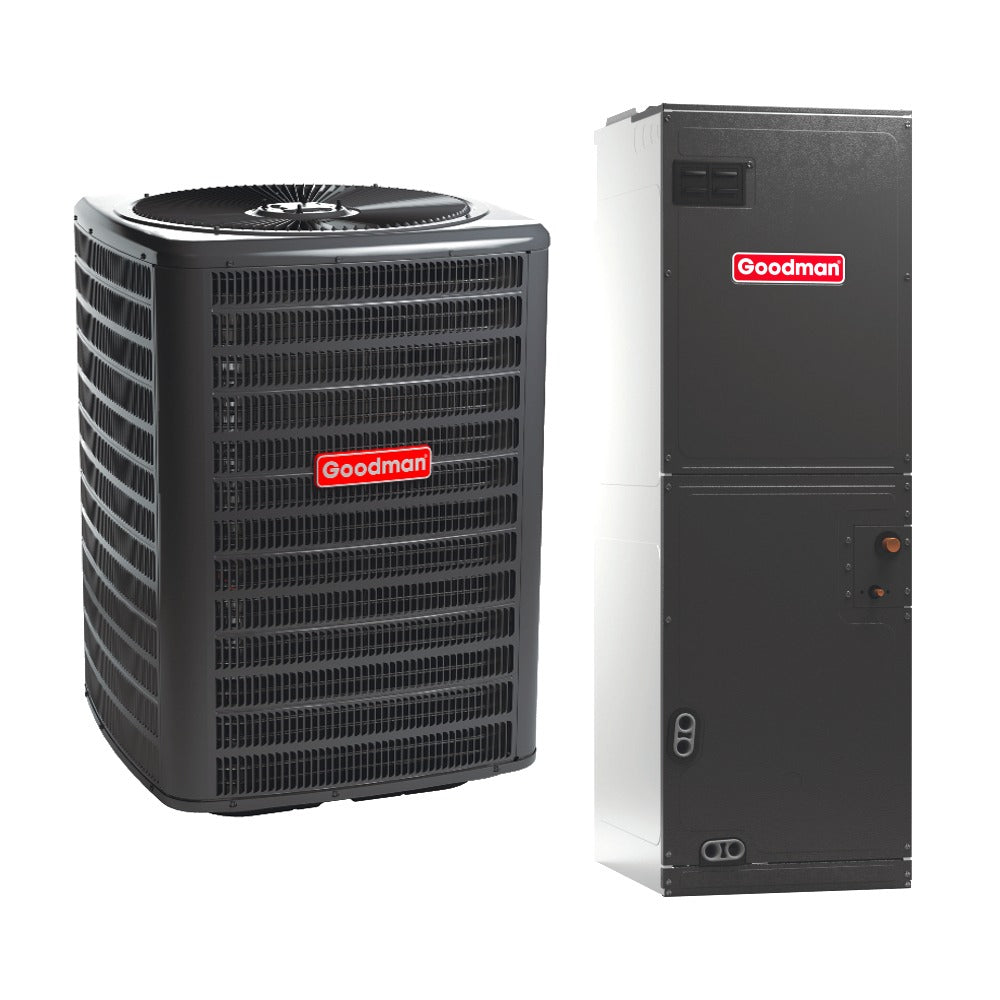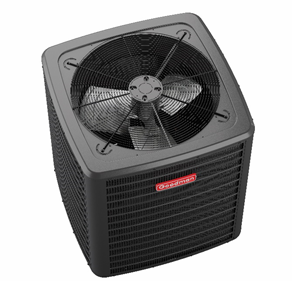1. Introduction to R-32 Refrigerant and Its Role in HVAC Systems
R-32 refrigerant has gained significant attention in recent years due to its energy efficiency and environmentally friendly properties. This refrigerant, which is often used in air conditioning and heat pump systems, offers numerous benefits over traditional refrigerants like R-410A. In this section, we'll delve into what R-32 refrigerant is, how it functions, and why it's considered an important advancement in the HVAC industry. You can see here the Ultimate Guide of the Best 5 Ton AC and Gas Furnaces for more details.
What is R-32 Refrigerant?
R-32, also known as difluoromethane, is a hydrofluoroolefin (HFO) refrigerant that is a promising alternative to older refrigerants like R-410A and R-22. Unlike its predecessors, R-32 offers higher energy efficiency, lower environmental impact, and improved system performance. With a lower Global Warming Potential (GWP) compared to R-410A, R-32 is seen as an eco-friendly choice in modern HVAC systems.
For a deeper understanding of R-32, explore this article on the U.S. Environmental Protection Agency (EPA).
2. Key Benefits of Using R-32 Refrigerant
R-32 refrigerant offers several key benefits that contribute to both enhanced energy efficiency and environmental sustainability. Here's why it stands out:
2.1 Enhanced Energy Efficiency and Improved SEER Ratings
One of the most notable benefits of R-32 refrigerant is its ability to improve system efficiency. Due to its unique thermodynamic properties, R-32 operates more efficiently than other refrigerants like R-410A. This leads to higher Seasonal Energy Efficiency Ratio (SEER) ratings for air conditioners and heat pumps that use R-32, making them more energy-efficient and cost-effective over time.
A higher SEER rating not only contributes to better energy use but also makes the unit eligible for energy rebates. For a more detailed understanding of SEER, visit the Department of Energy’s Energy Efficiency Standards.
2.2 Lower Environmental Impact with Reduced Global Warming Potential (GWP)
R-32 has a significantly lower Global Warming Potential (GWP) compared to traditional refrigerants, making it a greener alternative for HVAC systems. While R-410A has a GWP of 2088, R-32’s GWP is only 675, which is nearly a third of its predecessor’s. This reduction in GWP translates to a smaller environmental footprint, contributing to the fight against climate change.
Learn more about the importance of refrigerant GWP and its impact on the environment from The International Institute of Refrigeration.
2.3 Increased BTU Output for Better Cooling and Heating Performance
R-32 refrigerant is known for its higher cooling efficiency per unit of energy consumed. This results in better cooling and heating performance for systems that use R-32, with enhanced BTU (British Thermal Unit) capacity. The increased BTU out put ensures that air conditioning and heating systems maintain optimal performance even during extreme temperatures.
For more on the impact of BTU on system performance, check out this resource on Energy Star’s BTU guide.
3. How R-32 Refrigerant Helps Maximize Energy Efficiency
R-32 refrigerant is a key player in achieving maximum energy efficiency for air conditioning and heating systems. Here’s how it contributes to this goal:
3.1 Reduced Energy Consumption
Because R-32 refrigerant operates more efficiently than R-410A, HVAC systems using R-32 consume less energy. This reduction in energy consumption leads to lower utility bills and a smaller carbon footprint. By choosing systems with R-32, homeowners and businesses can significantly cut down on their energy costs.
3.2 Reduced Load on HVAC Systems
R-32's high heat transfer efficiency means that HVAC systems require less effort to cool or heat a space effectively. This reduces the overall load on the system, prolonging its lifespan and reducing the likelihood of costly maintenance.
3.3 Eligibility for Rebates and Incentives
Many regions offer rebates and financial incentives for upgrading to energy-efficient HVAC systems that use environmentally friendly refrigerants like R-32. These rebates can make the initial investment more affordable and contribute to long-term savings. Homeowners and businesses can take advantage of these rebates when installing systems with high SEER ratings and energy-efficient features.
Check with local utilities and governments for available energy efficiency rebates in your area.
4. The Environmental Impact of R-32 Refrigerant
R-32 refrigerant is an excellent choice for those who are environmentally conscious. It offers multiple advantages over traditional refrigerants in terms of both environmental sustainability and reduced ecological impact.
4.1 Lower Ozone Depletion Potential (ODP)
R-32 has an Ozone Depletion Potential (ODP) of zero, meaning it does not contribute to the depletion of the ozone layer. This is a significant environmental benefit when compared to older refrigerants, some of which have a higher ODP.
Learn more about ozone depletion and its global impact on the World Meteorological Organization.
4.2 Reduced Carbon Footprint
By reducing the GWP and ODP, R-32 also helps in lowering the carbon footprint of HVAC systems. This is crucial in the fight against global warming and environmental degradation. As the world moves toward sustainable solutions, R-32 is an important part of the transition to more eco-friendly HVAC systems.
5. What to Expect When Switching to R-32 Refrigerant
Upgrading to HVAC systems that use R-32 refrigerant is a strategic choice that can lead to substantial benefits. Here's what you can expect:
5.1 Compatibility and Installation Considerations
While R-32 is compatible with many existing systems, some changes may be required to ensure the system operates efficiently. R-32 operates at a higher pressure than R-410A, so it's important to consult with certified HVAC professionals to ensure proper installation and system compatibility.
Visit the Air-Conditioning, Heating, and Refrigeration Institute (AHRI) for resources on the transition to R-32.
5.2 Long-Term Cost Savings and Improved System Longevity
Due to R-32’s energy efficiency and lower environmental impact, systems using R-32 refrigerant typically offer long-term cost savings. These systems often experience fewer breakdowns, require less maintenance, and last longer than older systems using less efficient refrigerants.
5.3 Enhanced Comfort and Performance
R-32 systems offer better temperature control and more consistent cooling and heating, enhancing the overall comfort of a space. Whether you’re cooling a home or heating a business, R-32 ensures that the environment remains comfortable throughout the year.
6. Conclusion: Why R-32 Refrigerant is the Future of HVAC
R-32 refrigerant stands out as a sustainable, energy-efficient, and eco-friendly alternative to traditional refrigerants. With its lower GWP, improved SEER ratings, reduced energy consumption, and higher BTU output, R-32 is setting the standard for modern HVAC systems. By upgrading to systems using R-32, you’re not only investing in better performance but also contributing to a healthier planet.
For more information on R-32 and its benefits, visit authoritative sources like the International Energy Agency (IEA) and The U.S. Department of Energy.







